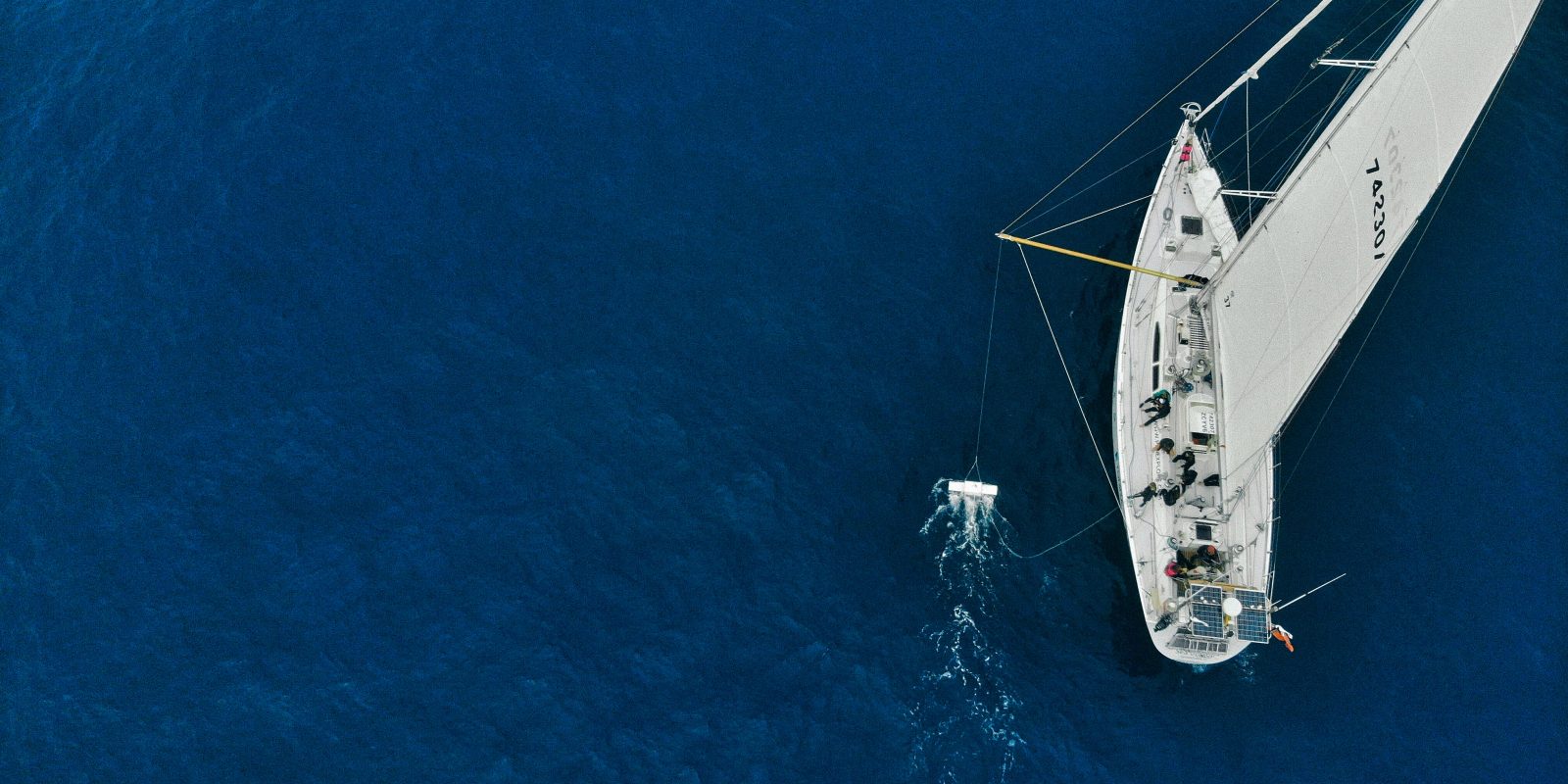Diana Papoulias – Our onboard fish toxicologist!
As an undergrad I became passionate about fish. Influenced by Frances Moore Lappé’s work on sustainable food systems and the New Alchemy Institutes’ fish and vegetable growing methods, I designed an experiential academic program at Prescott College. This allowed me to go build a fish farm at an orphanage, Nuestros Pequeños Hermanos in central Mexico to provide inexpensive protein for the 1000 children. That was nearly 35 years ago, and the farm continues to feed the children fish!!!
I went on to get a master’s degree at Arizona State University in fish ecology studying the larval early life stage of the very rare razorback sucker in the Colorado River. Immediately after getting my Master’s degree I got a dream job with the Arizona Game and Fish Department trekking through remote areas of the state of Arizona looking for rare fish. That lasted a year before I moved to central Missouri and took a job with the US Department of Interior (DOI) at one of their national contaminant research laboratories.
This past February, I retired after 25 years with the DOI US Geological Survey’s Columbia Environmental Research Center (http://www.cerc.usgs.gov/StaffMembers.aspx?StaffMemberId=83). During those 25 years, I got my PhD at the University of Missouri where I studied the effects of endocrine disrupting chemicals on sexual development in fish. As a research fish biologist for the USGS, I studied the reproductive health effects of chemicals and non-chemical environmental stressors on fish and amphibians throughout the US and in many parts of the world. I have authored or co-authored approximately 100 articles and reports on the effects of endocrine disrupting chemicals, dioxins, PCBs, metals, and oil on fish. In addition to my research, I served on several governmental US-Mexico committees supporting protection of natural resources, and was a liaison between the USGS research team and a research team at the Russian Academy of Sciences’ Institute of Biology of Inland Waters, Borok, Russia.
I have seen firsthand what environmental chemicals do to an organism from its molecules to its tissues to its physiology to its behavior. Fish and wildlife are harbingers of environmental quality. What happens to the animals on this planet, be it from pollution or climate change, will befall us. Therefore, I am now dedicated to promoting an understanding of environmental health and actively participating in prevention, mitigation, remediation, and restoration of chemically damaged ecosystems. I am doing this as principal aquatic toxicologist with Hughes Environmental Consulting, Newburyport, Massachusetts and as a board member and aquatic toxicologist for E-tech International (http://www.etechinternational.org/), an NGO working with indigenous communities in South and Central America to help them protect their native lands from contamination from natural resource extraction industries.
I split my time between my hometown on the New England coast and at my rural Missouri home where my husband and I have returned a large acreage from soy bean fields to native prairie. We also are sustenance farmers growing and hunting much of our food. I love to travel, swim, scuba, play racquetball, do yoga and kayak. In fact, for the second time, I will enter a 340-mile kayak race on the Missouri River from Kansas City to St. Louis. In 2010, my boat partner and I took third place.
Expertise:
On the expedition I will share my knowledge and understanding of the science behind the issue of endocrine disruption and the biological wonders of fish. The female reproductive system and the developing fetus are exquisitely sensitive to environmental contaminants. Because I have spent many years researching the effects of a variety of chemicals on the reproductive system and early development, albeit of fish, I will be able to make the links between the chemicals the crew is studying and the harmful effects of those chemicals.
Why go?
I have always been fascinated by the plastic gyres and gravely concerned about ocean plastic. Conceptually, we know that a large amount of our waste ends up in the oceans, but chemicals and nutrients aren’t visible. The grotesque gyres make us face reality. The expedition provides me a fantastic opportunity to combine my zeal for science, adventure, and all things aquatic. It is the perfect beginning for my personal journey forward beyond the laboratory into an encore career promoting environmental health and impeding global chemical contamination.

